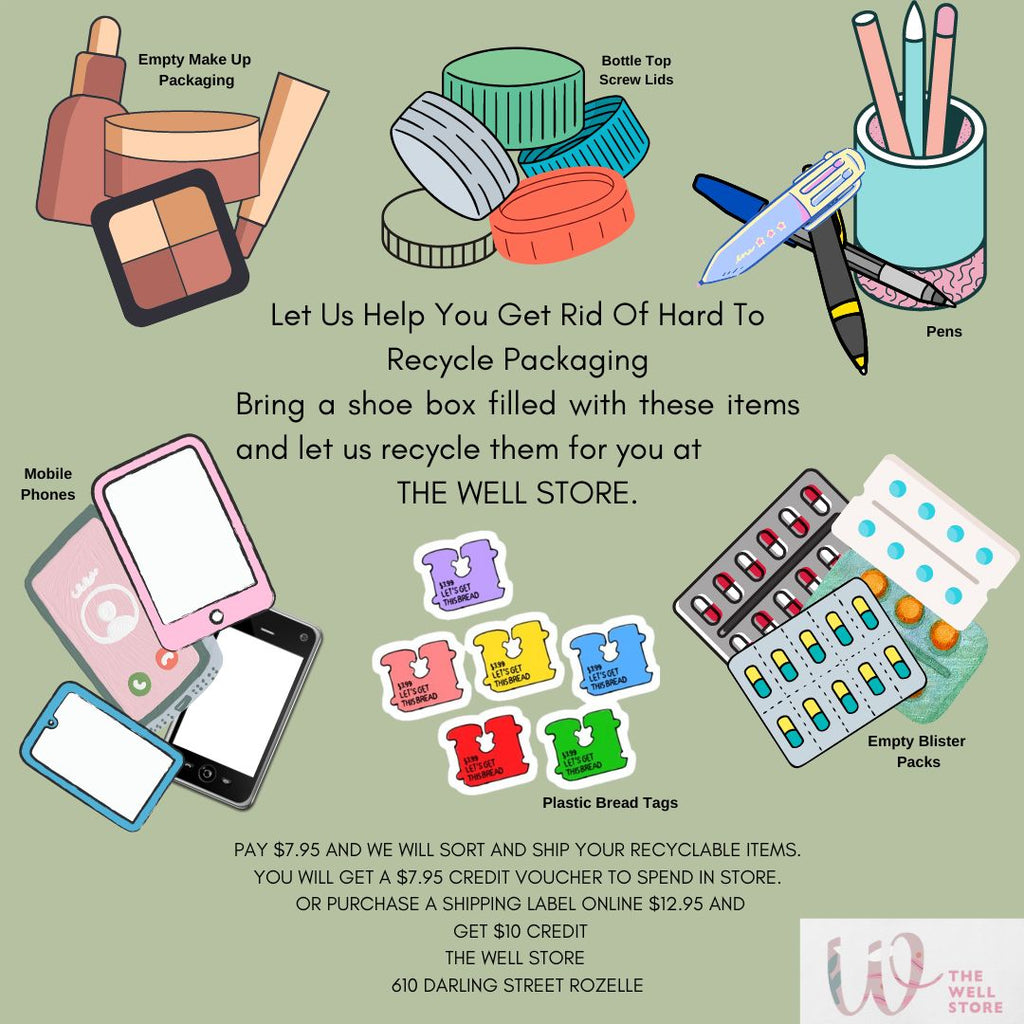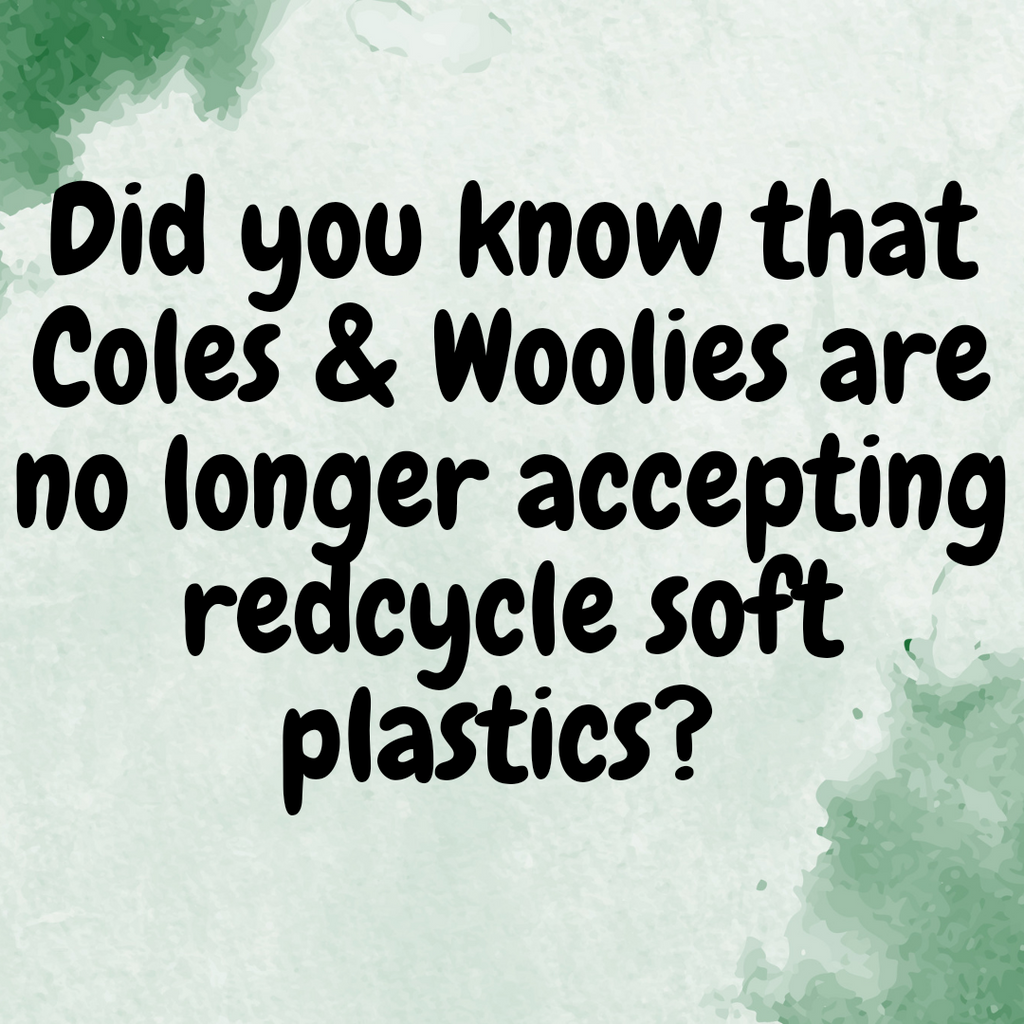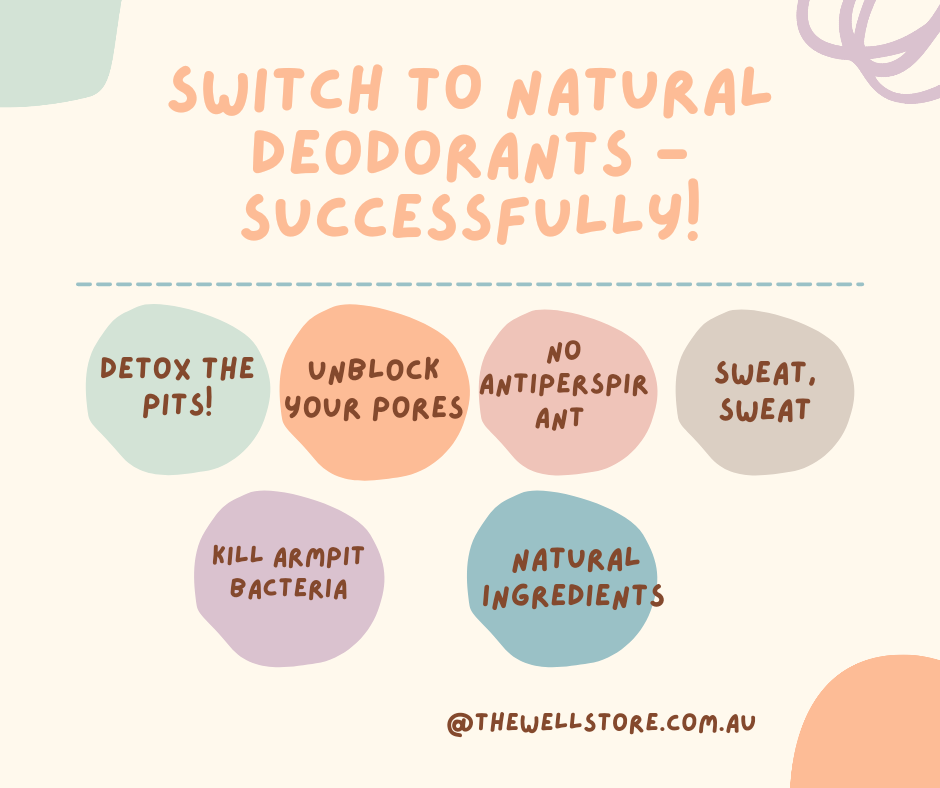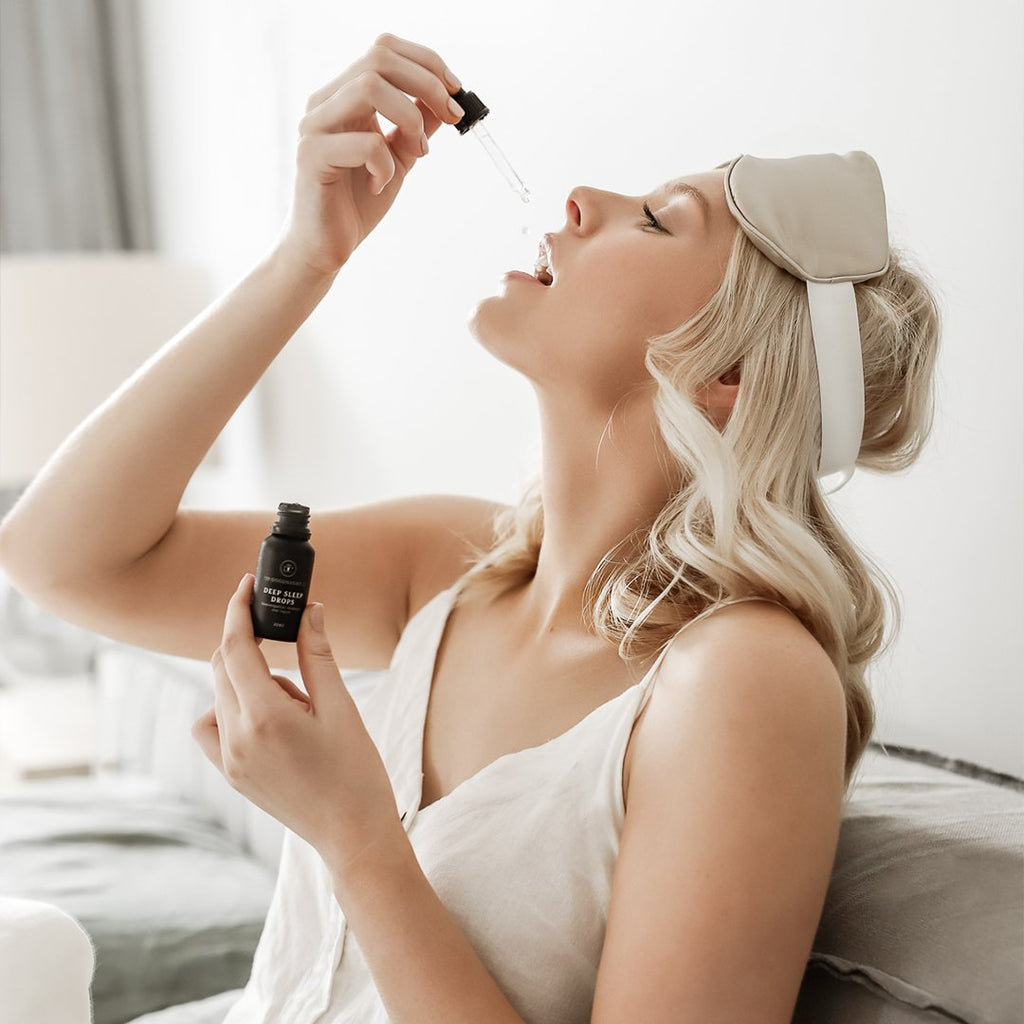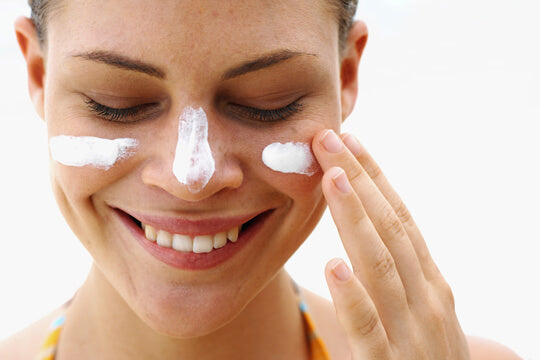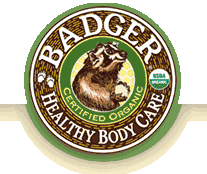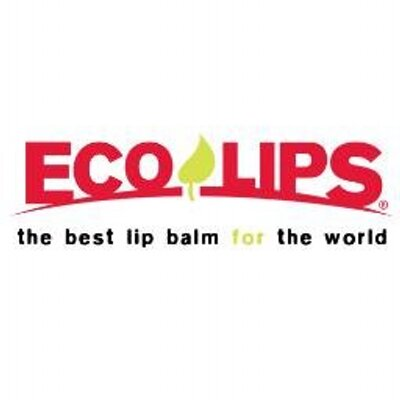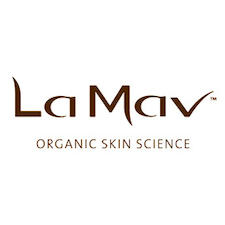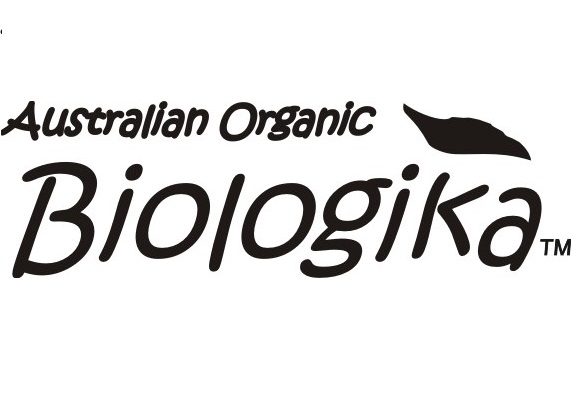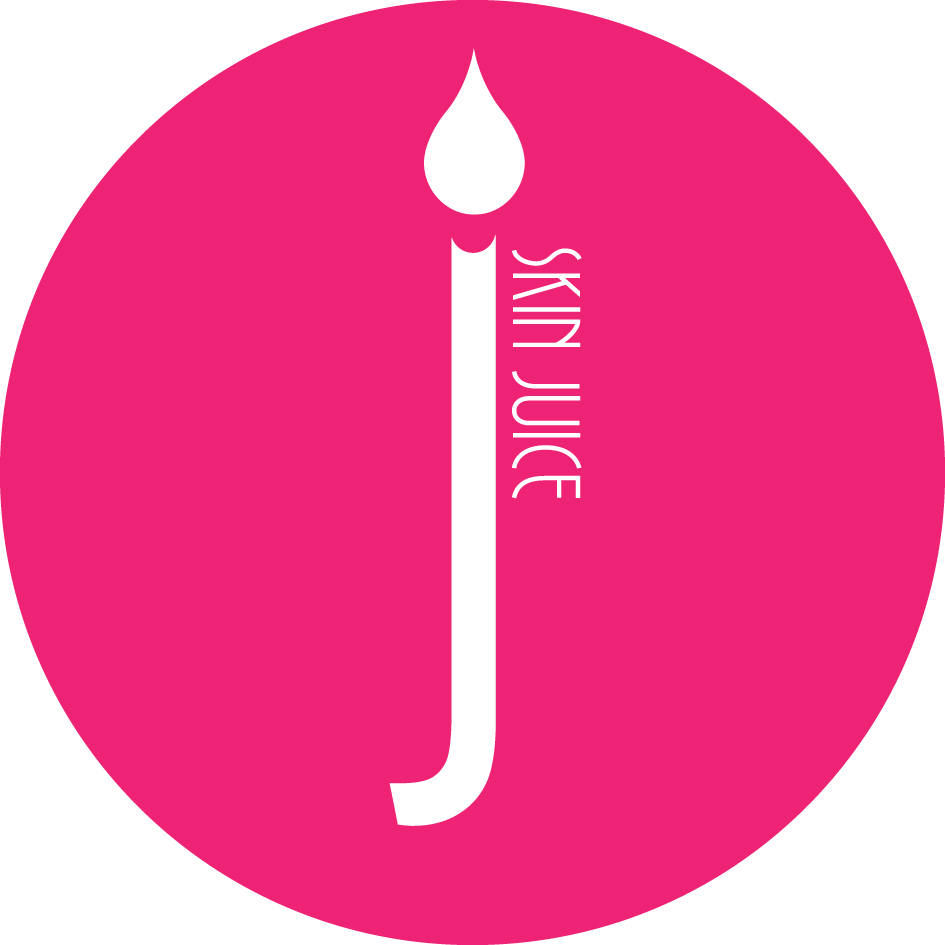Is Sunscreen Poisonous?
Poisonous chemical or life-saving solution? Sunscreen has copped a lot of flack recently after sceptics warned of the side effects it may have on our health. The words ‘toxic’ and ‘poisonous’ have been bandied about with abandon. But is there any truth to the claim that sunscreen is harmful?
The Well Store has done the digging so you can make educated choices about sunscreen. Before we do anything, let’s get one thing straight. The UV rays that stream down from the heavens can cause skin damage, from wrinkles and sagging right through to the development of cancerous cells. Studies have shown that wearing sunscreen in the robust Aussie sun can prevent all of the above from developing. End of story.

But back to the creams. Did you know there are two kinds of sun blockers? The physical variety, like zinc and titanium dioxide, and the chemical category, such as oxybenzone and its cousins. These two creams work in very different ways.
Physical Creams
Zinc and titanium dioxide prevent the sun from penetrating the skin, “scattering” the rays away from the body. You may recall a recent minor controversy about nanoparticles in zinc-based creams. Nanoparticles result from the modern technique of breaking down the substances in physical sunscreens to very fine particles (thus making the cream less cakey and ghostly-looking). Fortunately, the latest advice is that nanoparticles of zinc oxide and titanium dioxide in sunscreen do not pose a health risk.
Chemical Creams
The second category of creams causes a chemical reaction to occur once applied to the skin, absorbing the rays and preventing damage. If you read the ingredients list on non-zinc based creams, you will find a long list of items, some of which have the potential to be hazardous. Keep in mind the skin is one of our largest organs of the body so when applying sunscreen to its surface area, the cream is absorbed into the body’s system.
So here’s a list of potentially hazardous ingredients or perhaps research further before using.
Oxybenzone or benzophenone
In some studies, oxybenzone has demonstrated an increase in the production of harmful free radicals and an ability to attack DNA cells. Some studies have shown it to behave similarly to the hormone oestrogen, suggesting that it may cause breast cancer. It has also been linked to eczema and allergies.
PABA
High levels of this compound have been shown to cause skin allergies and reactions and possible links to DNA cell damage. There are fears it can cause reproductive toxicity.
Avobenzone
This chemical breaks down in the sun and can result in the release of free radicals into the body’s system. There’s a chance that this could increase the risk of cancer and speed up skin ageing. It has also been linked to skin allergies.
Homosalate and Octyl methoxycinnamate
These chemicals are potential endocrine disruptors, which means they can impact the hormone systems, and in particular, the oestrogen system.

So the best advice is to simply be aware of the ingredients in non-zinc based suncreams and make an informed decision when purchasing sun blocks for your family. Bare in mind, no sunscreen provides 100% protection, so the good old mantra of Slip, Slop Slap absolutely applies – slip on a hat, slop on sunscreen and slap on a hat. And try to stay out of the sun at times when UV is most intense.
The Well Store stocks zinc-based 100% natural sunscreen for the whole family, toxin free!
Be Well xx
https://www.choice.com.au/health-and-body/beauty-and-personal-care/skin-care-and-cosmetics/articles/sunscreen-and-nanoparticles/
Info Environmental Working Group’s Skin Deep Database, http://www.ewg.org/skindeep/ingredient/704390/PABA/#.
https://www.ewg.org/sunscreen/report/the-trouble-with-sunscreen-chemicals/
http://www.ewg.org/skindeep/ingredient/700596/AVOBENZONE/#

